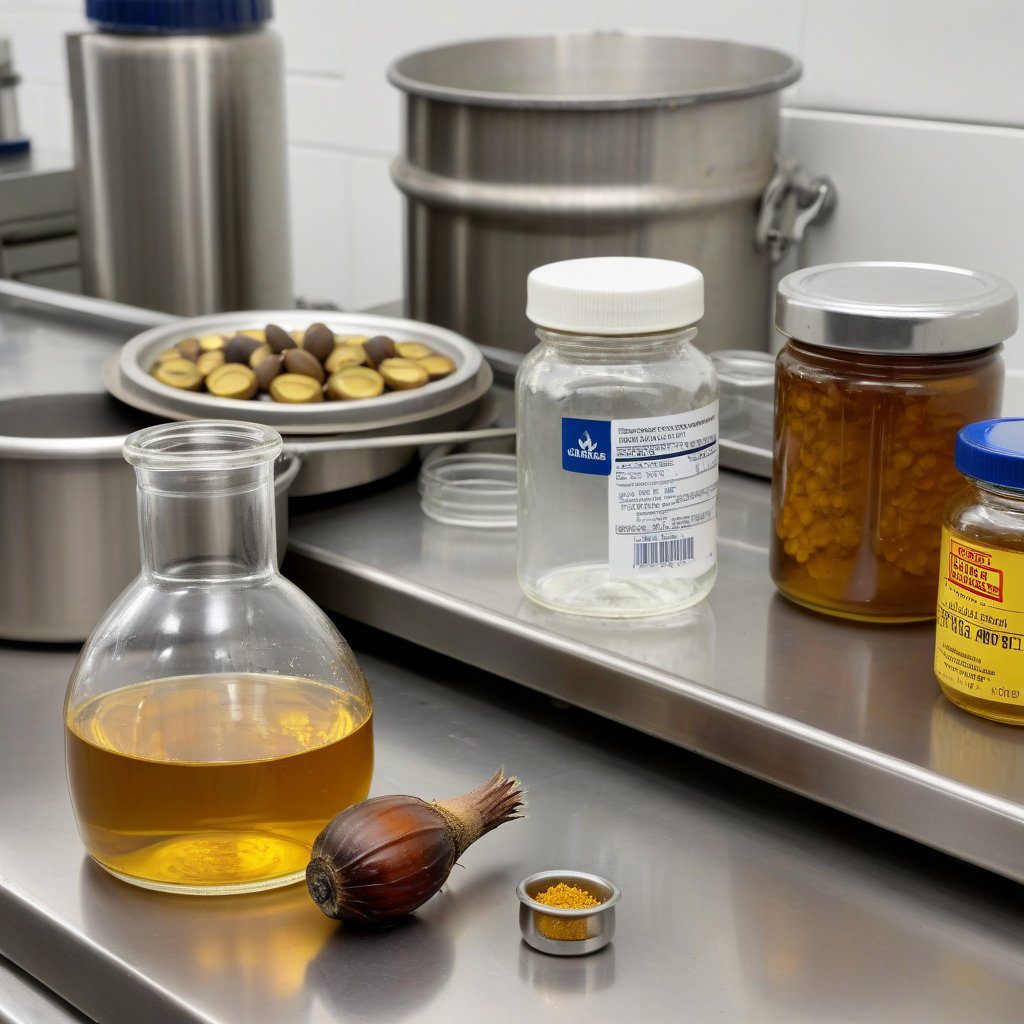Understanding Propylene Glycol
Propylene Glycol, a synthetic organic compound, is a colorless, odorless liquid known for its versatility in various industries. It is derived from petroleum and is commonly used as a solvent, humectant, and emulsifier. The compound has gained significant traction in the food, pharmaceutical, and cosmetic sectors due to its safety profile and regulatory compliance, particularly in its USP-grade form, which is essential for applications requiring high purity standards.
Market Overview
The Propylene Glycol market analysis reveals a growing demand driven by its applications across multiple sectors, including food & beverage, pharmaceuticals, and personal care products. As a key ingredient, it enhances product stability and shelf life, making it an attractive choice for manufacturers. The market is influenced by factors such as production capacity, raw material availability, and regulatory frameworks that govern its use in various applications.
Key Applications
In the food industry, Propylene Glycol is utilized as a food additive E1520, functioning as a preservative and flavor carrier. In pharmaceuticals, it serves as a solvent for oral, injectable, and topical medications, ensuring the effective delivery of active ingredients. Additionally, in cosmetics, it acts as a moisturizer, preventing skin dryness and enhancing product texture, thereby contributing to its widespread acceptance in the personal care market.
Regulatory Compliance
Compliance with regulatory standards is a crucial aspect of the Propylene Glycol market analysis. The USP-grade designation indicates adherence to stringent safety and quality measures set by the United States Pharmacopeia. This compliance is vital for companies like DIPLOMATA, ensuring that their products meet the necessary requirements for international distribution while maintaining consumer trust and safety.
Supply Chain Dynamics
The supply chain for USP-Grade Propylene Glycol involves various stages, including production, distribution, and export. Key players in the market must navigate logistical challenges to ensure timely delivery and consistent quality. DIPLOMATA, as a leading Brazilian supplier, leverages its expertise in global shipping to streamline the supply chain, ensuring that U.S. clients receive reliable and high-quality products efficiently.
Market Trends
Current trends in the Propylene Glycol market indicate a shift towards sustainable and environmentally friendly production methods. Manufacturers are increasingly focusing on bio-based alternatives to conventional petroleum-derived Propylene Glycol. This trend not only addresses environmental concerns but also meets the growing demand for sustainable products among consumers and businesses alike.
Competitive Landscape
The competitive landscape of the Propylene Glycol market is characterized by several key players, including DIPLOMATA, who distinguish themselves through quality, reliability, and regulatory compliance. Understanding competitors’ strengths and weaknesses is essential for strategic positioning. Companies must continuously innovate and adapt to changing consumer preferences and regulatory requirements to maintain a competitive edge.
Export Opportunities
The U.S. market presents significant export opportunities for USP-Grade Propylene Glycol, driven by its robust demand across various industries. As a top Brazilian supplier, DIPLOMATA positions itself to capitalize on these opportunities through its commitment to quality and regulatory compliance. By building strong relationships with U.S. distributors, DIPLOMATA enhances its visibility and reach in this lucrative market.
Challenges in the Market
Despite the growth prospects, the Propylene Glycol market faces several challenges, including fluctuating raw material prices and stringent regulatory requirements. Companies must develop strategies to mitigate these challenges while ensuring product quality and compliance. DIPLOMATA’s expertise in navigating these complexities positions it as a reliable partner in the international Propylene Glycol supply chain.


